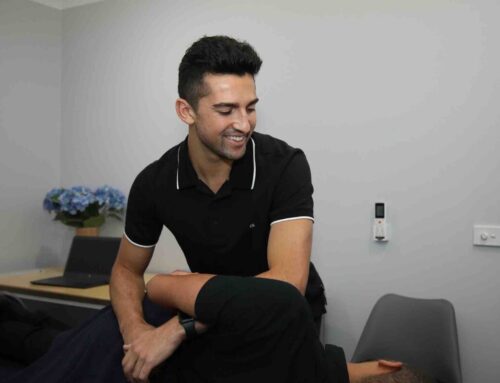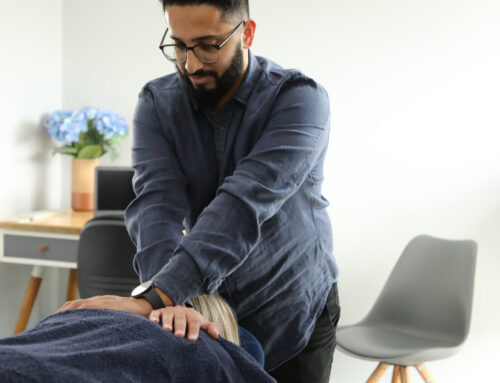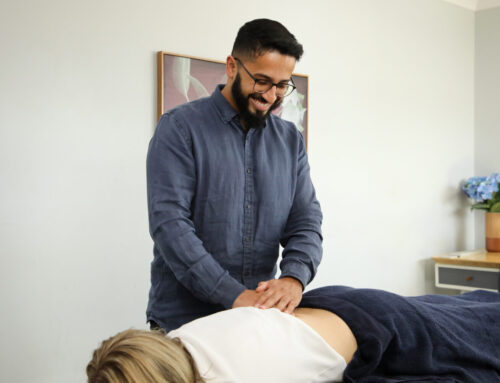Are you between the ages of 9 and 16 and experiencing knee pain? Does it get worse with sports and activity? You may be experiencing a condition called Osgood-Schlatter disease (OSD).
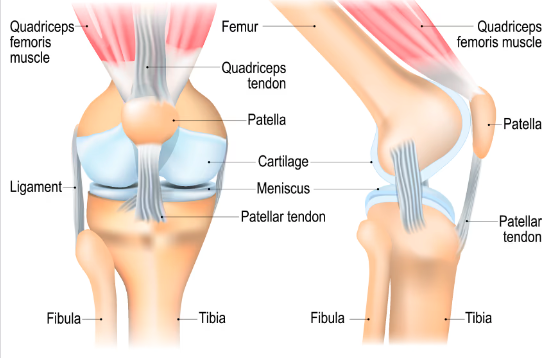
Normal knee anatomy. Image courtesy https://www.sportssurgerychicago.com/knee/knee-anatomy-pain-injuries-westchester-oakbrook-hinsdale-il/
What is Osgood-Schlatter Disease?
Osgood-Schlatter disease is a common condition affecting adolescents, particularly during growth spurts. It is most prevalent in children between the ages of 9 and 16, coinciding with their rapid bone growth. The disease is characterised by pain and swelling just below the knee, at the tibial tuberosity, where the patellar tendon attaches to the shinbone.
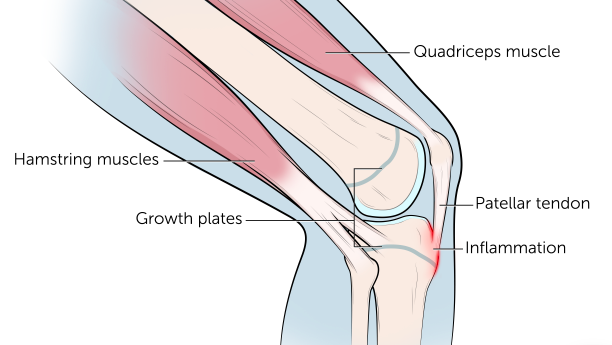
Osgood-Schlatter knee. Image courtesy of Boston Children’s Hospital 2021
What causes OSD?
The primary cause of Osgood-Schlatter disease is repetitive stress and overuse of the knee joint. This condition is especially common among young athletes involved in sports that require frequent running, jumping, and rapid changes in direction, such as soccer, basketball, and gymnastics. During periods of rapid growth, the bones, muscles, and tendons grow at different rates. This imbalance can lead to increased tension at the site where the patellar tendon attaches to the shinbone, causing inflammation and pain.
What are the signs and symptoms?
The hallmark symptoms of Osgood-Schlatter disease include:
- Pain: Typically localized just below the kneecap, which worsens with physical activity.
- Swelling: At the tibial tuberosity.
- Tenderness: When pressing on the affected area.
- Bony lump: Sometimes a visible lump at the site of pain, which is due to the body’s response to stress at the tendon attachment.
- Limping: Difficulty walking or running due to pain.
Symptoms usually affect one knee, but in some cases, both knees may be involved. The pain can range from mild and intermittent to severe and debilitating, impacting daily activities and sports participation.
How do you diagnose OSD?
Diagnosis of OSD is typically clinical, based on medical history and physical examination. The doctor may ask about the child’s activity levels and growth patterns. X-rays may be used to rule out other conditions and to confirm the diagnosis by showing any changes in the tibial tuberosity.
What are the treatment options for OSD?
- Rest: Reducing or modifying activities to alleviate stress on the knee.
- Ice: Applying ice packs to reduce pain and swelling.
- Pain Relievers: Over-the-counter medications like ibuprofen or acetaminophen.
- Stretching and Strengthening: Exercises to stretch the quadriceps and strengthen the hamstrings.
- Knee Pads or Straps: Providing support and reducing pressure on the tibial tuberosity.
Can Osteopathy help?
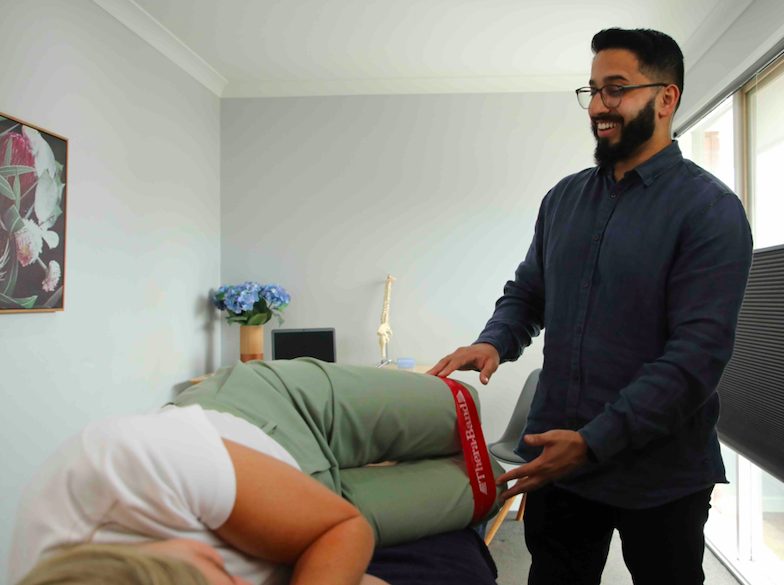
- Manual Therapy: Techniques such as massage, joint mobilization, and stretching to reduce muscle tension and improve joint function.
- Pain Relief: Osteopathic treatment aims to reduce pain, improve function, and support the body’s healing processes through manual techniques.
- Education: Guidance on posture, activity modification, and ergonomics to prevent exacerbation of symptoms.
- Rehabilitation: Tailored exercise programs to enhance muscle balance and support recovery.
What Can I Do To Avoid OSD?
- Warm-Up and Stretching: Ensure proper warm-up and stretching before activities to prepare muscles and tendons.
- Gradual Increase in Activity: Avoid sudden increases in activity intensity or duration.
- Appropriate Footwear: Wear supportive shoes to reduce strain on the knees.
- Balanced Training: Incorporate a variety of activities to avoid overloading specific muscles and joints.
Osgood-Schlatter Disease, while painful and disruptive, is generally a self-limiting condition that resolves with proper management and care. Understanding its causes, symptoms, and treatments can help young athletes continue their activities with minimal disruption and discomfort.
If you have any questions about this article, OSD or knee pain in general, please email me directly at ammar@pakenhamosteopathy.com.au . Or if you’re experiencing knee pain, please make an appointment today at https://www.pakenhamosteopathy.com.au/book-online/

